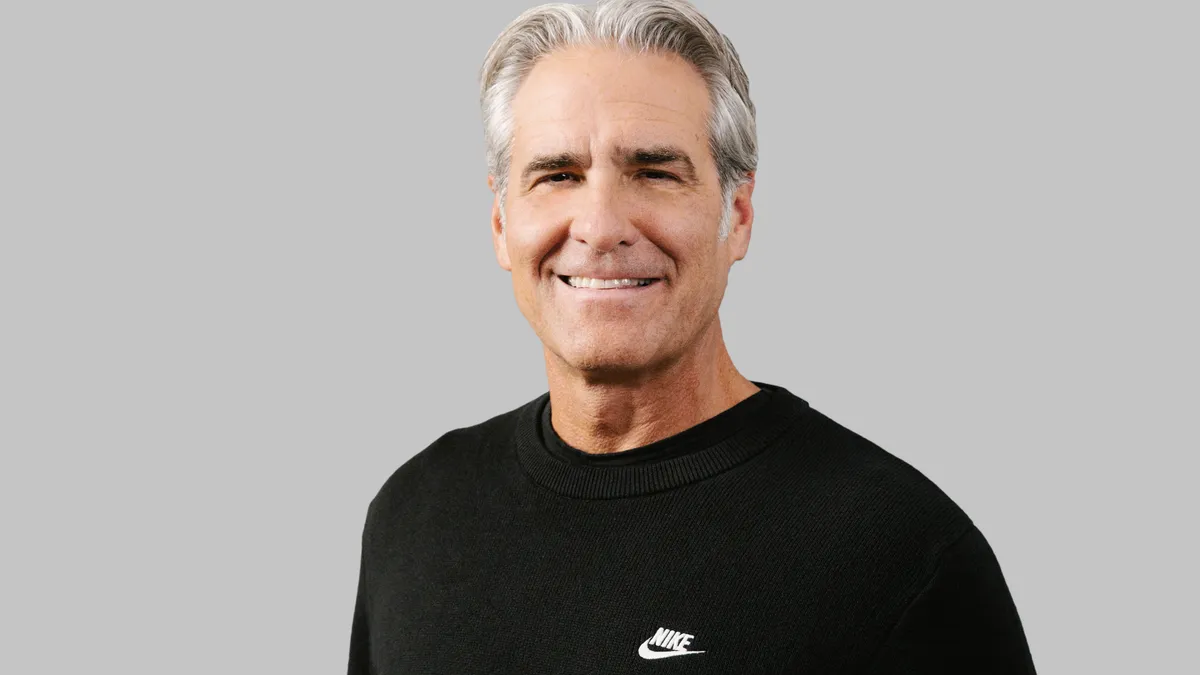Dive Brief:
-
Google is growing its Express delivery service, launching in Minnesota, Nebraska, Colorado, North Dakota, South Dakota, Mississippi and New Mexico in addition to expanding its existing services in Missouri, Kansas, Arkansas, Michigan, Wyoming, Iowa, Oklahoma, Louisiana, Texas and Ohio. Google Express already operates in the San Francisco Bay Area, New York City, Los Angeles and Boston.
-
In order to expand, Google told Business Insider it’s scaling back its grocery deliveries to eliminate fresh food and perishables that need refrigeration.
-
Google Express is also increasing its retailer partner ranks, although different merchants have signed on in different areas of the country. While Target is an option in many markets, for example, it’s not yet a Google Express partner in its hometown of Minneapolis.
Dive Insight:
Last-mile delivery has become a segment booming with competition and fraught with issues, especially in recent months as startups have found it difficult to scale and investors have become impatient. It’s not that there’s no way for same-day (or even speedier) delivery services to thrive. But the right business and market conditions must exist. What that means is complicated, and there may be different solutions.
Google has apparently found its answer. For them, "scaling" means focusing on same-day, one-day or even two-day delivery.
On the retailer side, the decision to offer same-day or faster delivery takes a slew of calculations, according to Leigh Helsel, head of retail at tech solutions consultancy ICC. Heisel told Retail Dive earlier this year that retailers must figure out whether boosting customer satisfaction and conversion are worth the extra costs of same-day delivery options: In order to make that calculation, the data must be known and analyzed. Target apparently crunched the numbers for its curbside pickup program, for example, and ended that service earlier this year to focus on “retail fundamentals.”
The results of that kind of scrutiny are best based on goals for customer loyalty, conversion and competing with true rivals, not just because "Amazon's doing it," Helsel said. "It’s a balance between efficiency and being able to convert that customer. It’s important to remember that Amazon wasn’t making money; [Amazon's Web Services cloud unit] allows the rest of their business to effectively be a loss leader. That can't always be other retailers' business model.”
Of course, with its keen interest in making e-commerce as frictionless as possible for its customers, Amazon has been the driver in the delivery space. And Google’s Express service has been a way to push back in another area where Amazon has been encroaching: search.
Google hasn’t described its strategy to scale its Express service in detail, but it appears to resemble Italian delivery service Milkman, which leverages a daily route manager algorithm to optimize efficiencies instead of the traditional approach of assigning drivers to static routes.
It’s not clear whether dropping delivery of perishables and giving up super-swift deliveries will hurt Google Express. But then it’s not clear how well that space is doing for Amazon, either. While Prime Now two-hour delivery is free for all Prime members in cities where the effort runs, its AmazonFresh grocery service requires an additional $299 per year, an indication of the steep cost of such an initiative.









